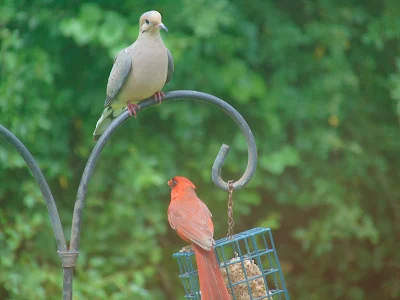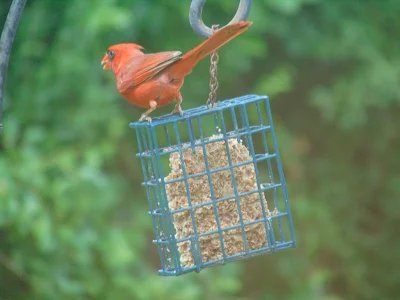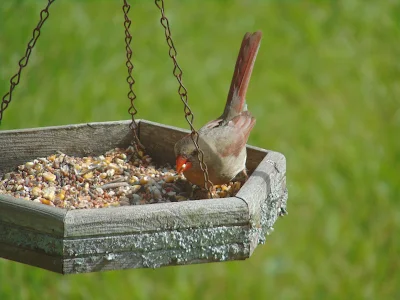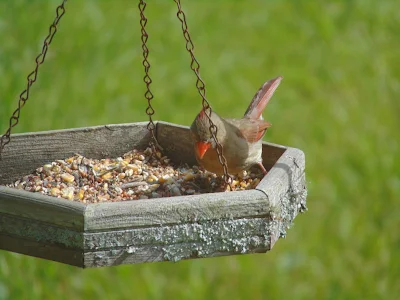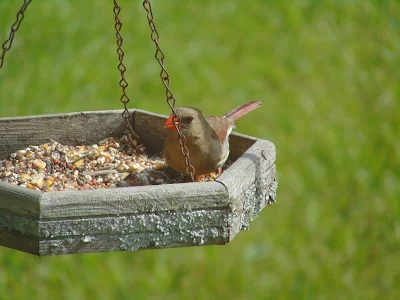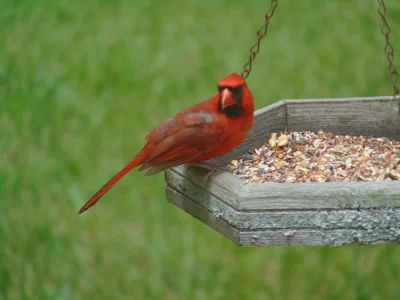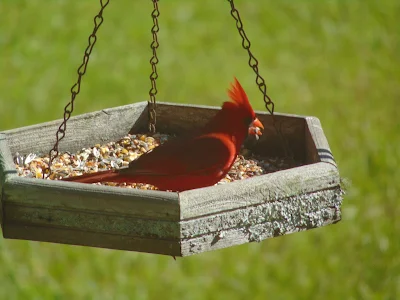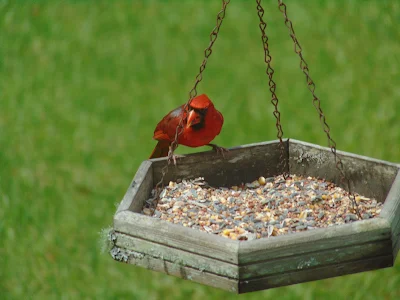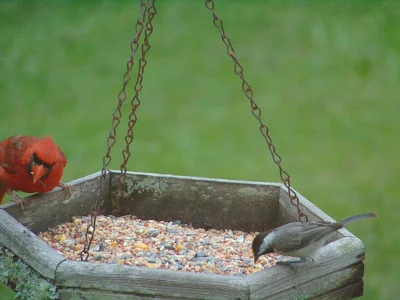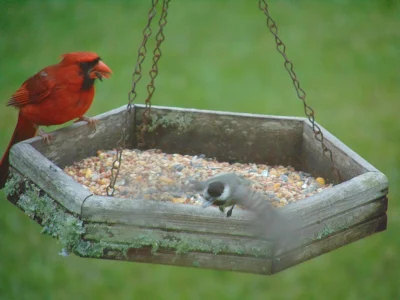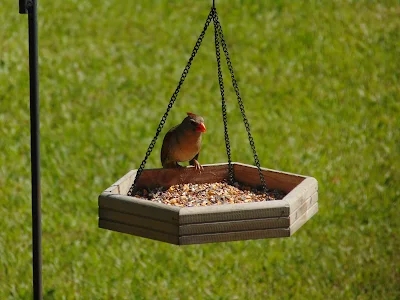Monday, July 28, 2025
Monday, July 21, 2025
Night Sky Photography -- 07-21-2025 -- The Moon & Venus With Taurus The Bull Before Sunrise
About 90 minutes before sunrise this morning, I was able to capture this outstanding shot of the moon and Venus rising in the east with all the major stars of the Constellation Taurus The Bull -- including all the stars of the Hyades Star Cluster and the nearby Pleiades high overhead. I also managed to capture the nearby bright star Capella, which is the major star of the Constellation Auriga The Charioteer.
Venus is inside Taurus and will be for the rest of July. The bright red star, Aldebaran -- the Eye of the Bull -- can be seen next to Venus and marks the arrow-shaped Hyades Star Cluster.
Sunday, July 20, 2025
Night Sky Photography -- 07-20-2025 -- Luna Occultation Of The Pleiades Star Cluster
Early this morning, about an hour before sunrise here in South Carolina, I set up my camera and tripod and captured these outstanding shots of the Waning Crescent Moon with Venus rising in the eastern sky just 45 minutes ahead of the Sun.
The first photo is a really beautiful shot of Luna overhead with bright, beautiful Venus between the branches of the trees. Venus is currently inside the Constellation Taurus The Bull.
The planet Uranus is also currently close to Luna in the moon's orbit as seen from here on the Earth. Uranus is too far away to be visible in the shot -- about 1.86 billion miles (or 3 billion kilometers, or 19 astronomical units (AU) away -- but I labeled the current location of the 7th planet of our Solar System where it could be seen with a good telescope.
When I downloaded the photos to edit and label them, I
noticed that I'd also captured the bright star Aldebaran -- the Eye of the Bull -- clearly visible
through the leaves of the trees. In my second photo I captured a close-up of Venus and saw that Aldebaran was visible in that one as well.
The main event, the reason that I was up so early, was to capture the moon as it passed in front of the Pleiades Star Cluster (or "Seven Sisters") in its orbit around the Earth. I perfectly captured the moment when Luna was almost dead center in its occulation with the Seven Sisters catching all of the major stars of the cluster, except for Maia which is hidden by the moon.
Finally, this morning at around 10 a.m. EDT Luna reached perigee -- the moon's closest point to Earth in its elliptical orbit -- at approximately 228,690 miles (or 368,041 km) away.
Tomorrow at about the same time, Luna will move lower towards the east and the sunrise between Venus and Aldebaran in the morning sky. If clear skies permit I will try and capture a good photo of that celestial event as well. Till then keep your eyes to the skies, y'all!
Thursday, July 17, 2025
Northern Cardinals And Other Beautiful North American Backyard Birds
The majority of the following photos are the male and female Northern Cardinals (Cardinalis cardinalis), the rest of these beautiful backyard beauties also include: Carolina Chickadees (Poecile carolinensis), Northern Mockingbirds (Mimus polyglottos), House Finches (Haemorhous mexicanus), Mourning Doves (Zenaida macroura), Brown Thrashers (Toxostoma rufum), and the Tufted Titmouse (Baeolophus bicolor) seen in the title photo.
I hope y'all enjoyed my photographs of these amazing creatures. I'm hoping to capture some more shots over the remaining summer months. Till next time y'all have a wonderful Dixie day, ya hear.















